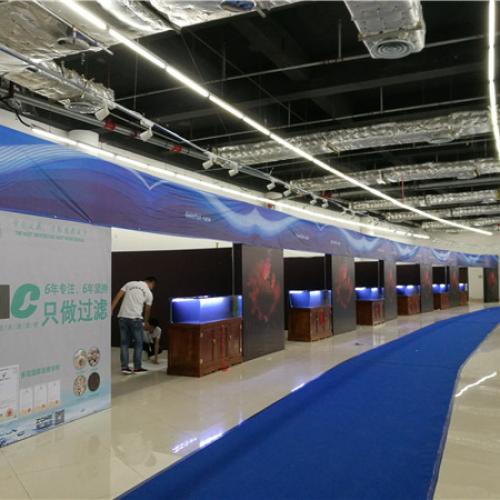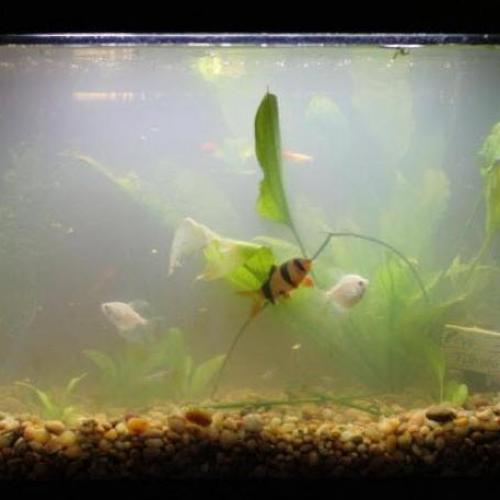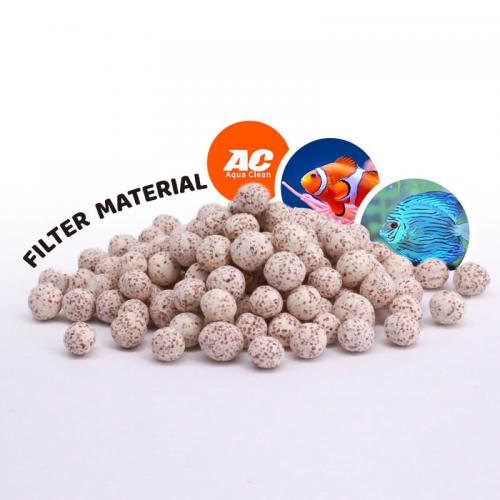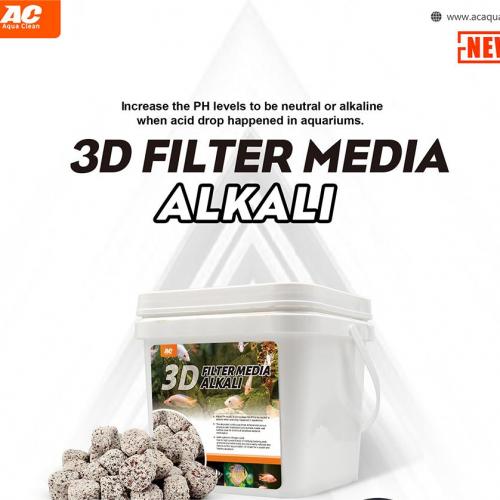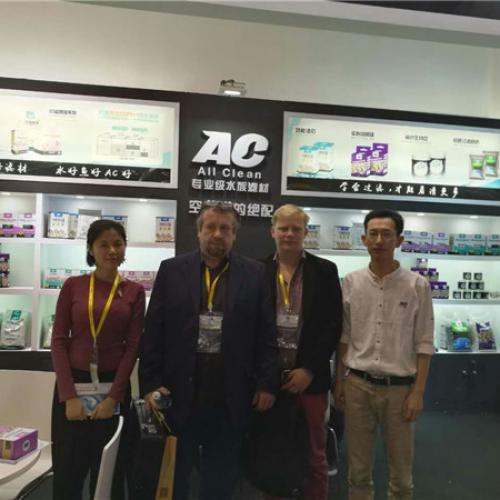AC NP-Reducing Bio Pellets
Update time: 25-08-11 Views: 202
“Coral bleaching, algae blooms, sluggish fish?”—90% of marine aquarists have stumbled over nitrate (NO₃⁻) and phosphate (PO₄³⁻). Today, AquaClean introduces a revolutionary filter medium: NP-Reducing Bio Pellets, shifting the “low-nutrient” battle from daily water changes to an invisible army of micro-cleaners.
1. What Are Marine Bio Pellets?
These pale-yellow granules are made from food-grade, biodegradable polymers. Once placed in a reactor or any high-flow compartment, their surface is quickly colonized by aerobic bacteria. The bacteria use the carbon slowly leached from the pellets as fuel, converting dissolved nitrate and phosphate into harmless bacterial biomass. As the biofilm thickens, an anaerobic core develops, triggering additional denitrification that turns nitrate into nitrogen gas—no vodka, vinegar, or sugar dosing required.
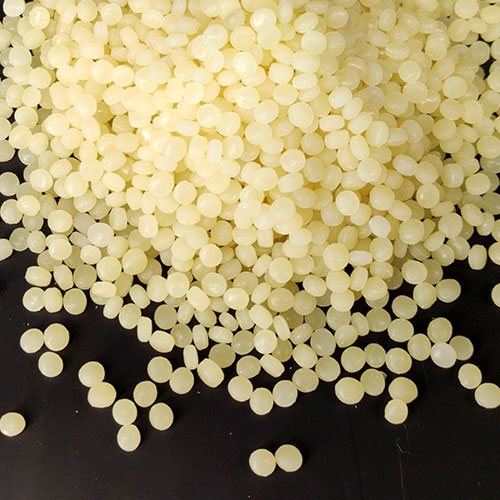
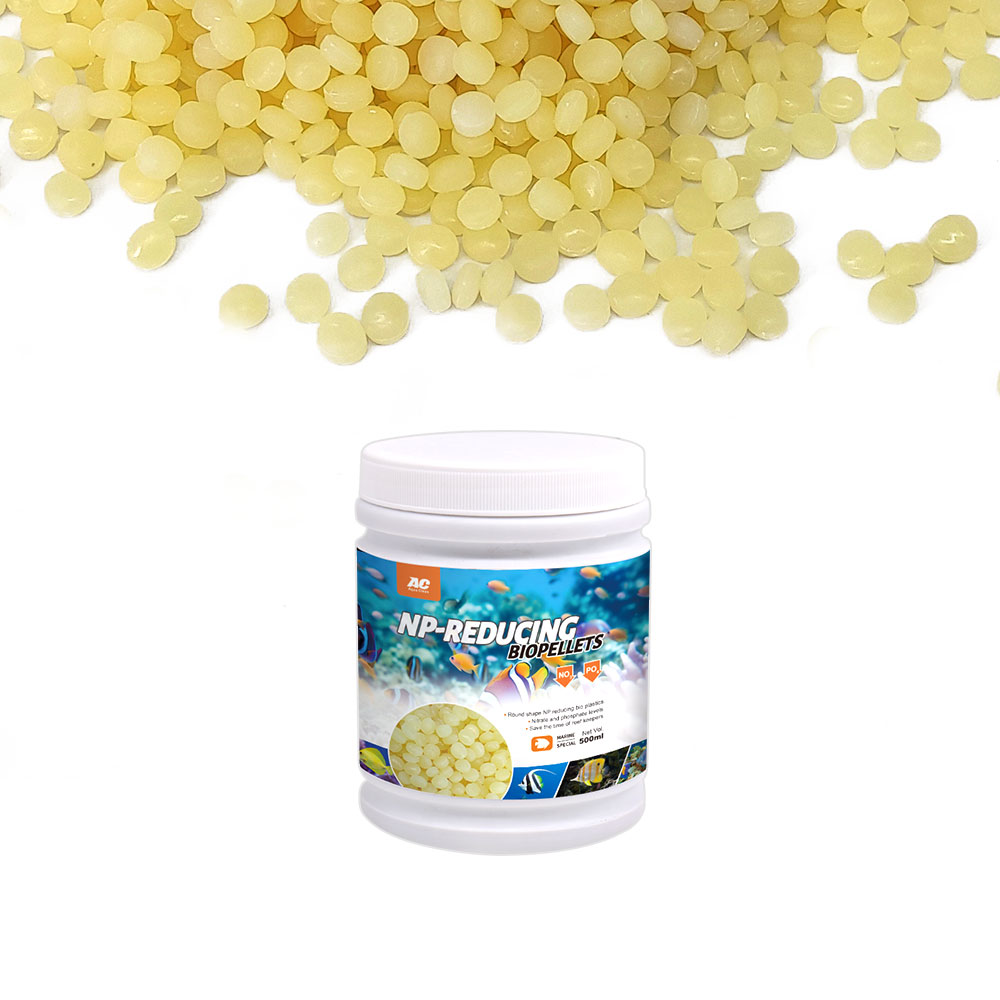
2. Why Are Reef Tanks Begging for Them?
• Strict SPS/LPS requirements
SPS corals start to close up when NO₃⁻ exceeds 5 ppm; LPS polyps retract and colors fade. Bio Pellets hold NO₃⁻ at 0.5–2 ppm and PO₄³⁻ at 0.02–0.08 ppm, letting coral fluorescence pop and tentacles extend.
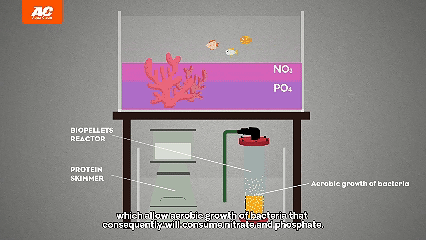
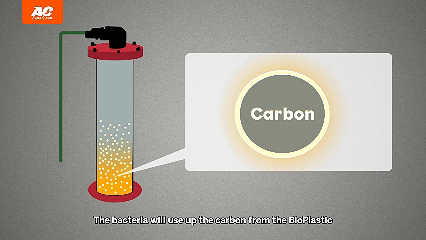
• Perfect partner for protein skimmers
The “solidified” bacterial floc is removed by your skimmer, leaving crystal-clear water.
• Set-and-forget convenience
Forget daily carbon dosing math. One dose sets up a bacterial colony in 2–4 weeks; top up every 3–6 months.
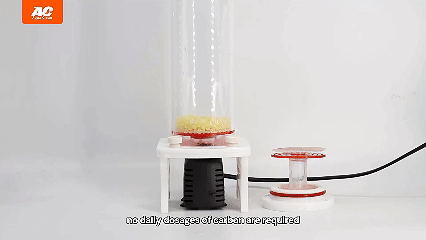
3. How to Use Them—Step by Step
• Dosage: 50–100 ml per 100 L (up to 150 ml for heavily stocked SPS systems).
• Equipment: A dedicated pellet reactor is ideal, but a high-flow sump compartment works as long as flow exceeds 300 L/h to prevent H₂S pockets.
• Monitoring: Test NO₃⁻ and PO₄³⁻ every three days during the first two weeks. Values may rise slightly, then crash. By week three, coral coloration visibly improves.
• Maintenance: Once mature, excess bacteria are grazed by sponges, filter-feeding corals, or exported by your skimmer. Replace about 30 % of the pellets every six months.
4. Real-World Success
Leo from Guangzhou ran a 120 L SPS system. Water changes and GFO kept NO₃⁻ around 10 ppm, yet corals browned at the tips. After adding 80 ml of AquaClean Marine Bio Pellets, NO₃⁻ dropped to 1.5 ppm and PO₄³⁻ to 0.04 ppm within three weeks. A freshly cut Montipora digitata frag grew bright white tips with neon-green margins. “No more hauling 50 L of RO every week!” Leo grins.
5. Quick-Fire FAQ
Q: Will they clash with activated carbon or Phosphate Removers?
A: No. Carbon removes large organics, removers bind inorganic PO₄³⁻, while Bio Pellets operate on the “bacterial pathway”—all three complement each other.
Q: Can nutrients hit absolute zero?
A: When NO₃⁻ falls below 0.5 ppm, bacteria starve and the population self-regulates, avoiding ultra-low-nutrient bleaching.
Click below to visit the official AquaClean site for the latest pellet sizes and bundle deals. Order today and receive a FREE bacterial starter capsule for a rock-solid colony in under two weeks!
